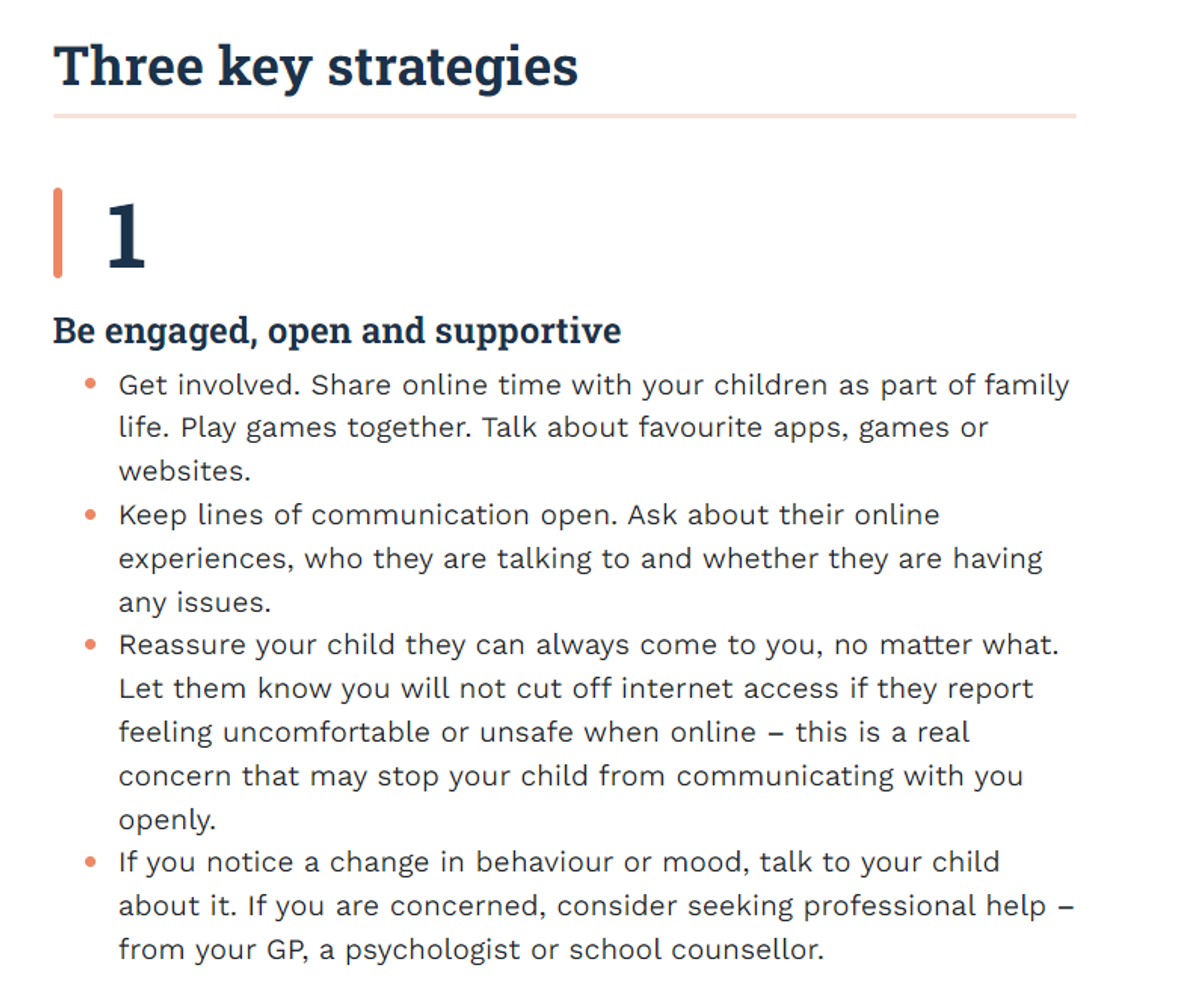Cyber Safety
Keeping our families safe online...

Cyber Safety
Keeping our families safe online...
Gaming With Your Family
Wednesday July 26th, 2023
7:30pm


Article written by The eSafety Commissioner
Help your children safely navigate their digital world and educate them to avoid harmful online experiences. Explore websites, games, apps and social media together and set some rules.
Your support and guidance can give your children the confidence to make sound decisions online – and ask for help when they need it.






Article written by the Cyber Safety Project
‘It encompasses the health of the whole person – physical, mental, social and emotional.’
Wellbeing has fast become one of the most commonly discussed terms in recent years. But when we break it down, what does it actually mean? As it has been brilliantly articulated above, it encompasses all key pillars of one’s health. If the latter are balanced, so are we, and therefore our wellbeing is in check.
So what is digital wellbeing?
Similar to general wellbeing, digital wellbeing underpins the three key pillars of physical, mental and social health, but in an online sense. We know that technology can be powerful when it’s transformative and improves how we live, learn, work or connect. But it can also sometimes distract us from the things that matter most to us.
Recognising when technology is not positively impacting our world and is negatively impacting on our needs such as physical health (exercise or sleep), emotional health (how we feel), or social interactions (relationships and family) is really important to finding the healthy balance between online and offline life. These are challenges we all face as digital citizens and we play an integral role in supporting the young people in our life to maintain a healthy digital wellbeing.
How do we find a healthy balance to maintain good digital wellbeing?
Think and talk with others about why healthy digital habits are important.
Create time and space for conversations tailored to digital wellbeing, healthy habits, social and emotional learning (role plays, emotions cards, self-regulation).
Model strategies to self-regulate and manage our digital wellbeing.
Create time and space for time off screens by setting screen-time timers, dedicating time for physical activity, and encouraging productive and creative ways to use technology tools.
Promote help seeking strategies and resources.
**Tips for creating positive digital behaviours:
Create conversations and expectations for social protocols online (for family or in school).
Promote help seeking strategies about who to talk to and, together, explore available resources such as eSafety and Kids Helpline.
**Help seeking resources:
Kids Helpline: Kids Helpline | Phone Counselling Service | 1800 55 1800
eSafety: Online safety | eSafety Commissioner
Family Resources: Families – Cyber Safety Project
Blog: Parent Guide: Empowering Your Teen To Tame Their Screen Time – Cyber Safety Project